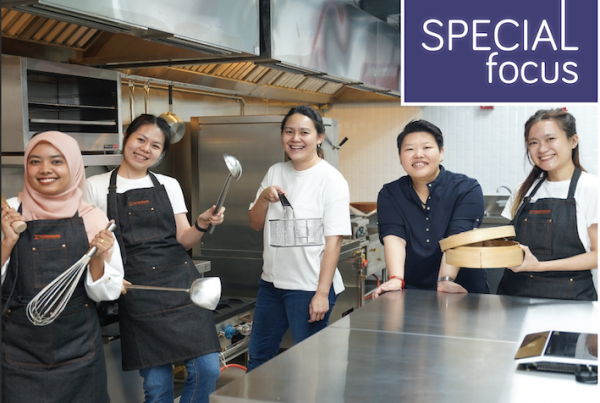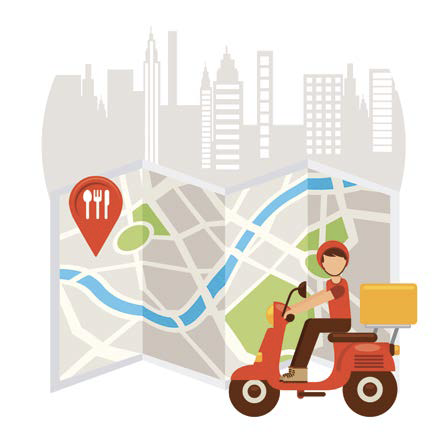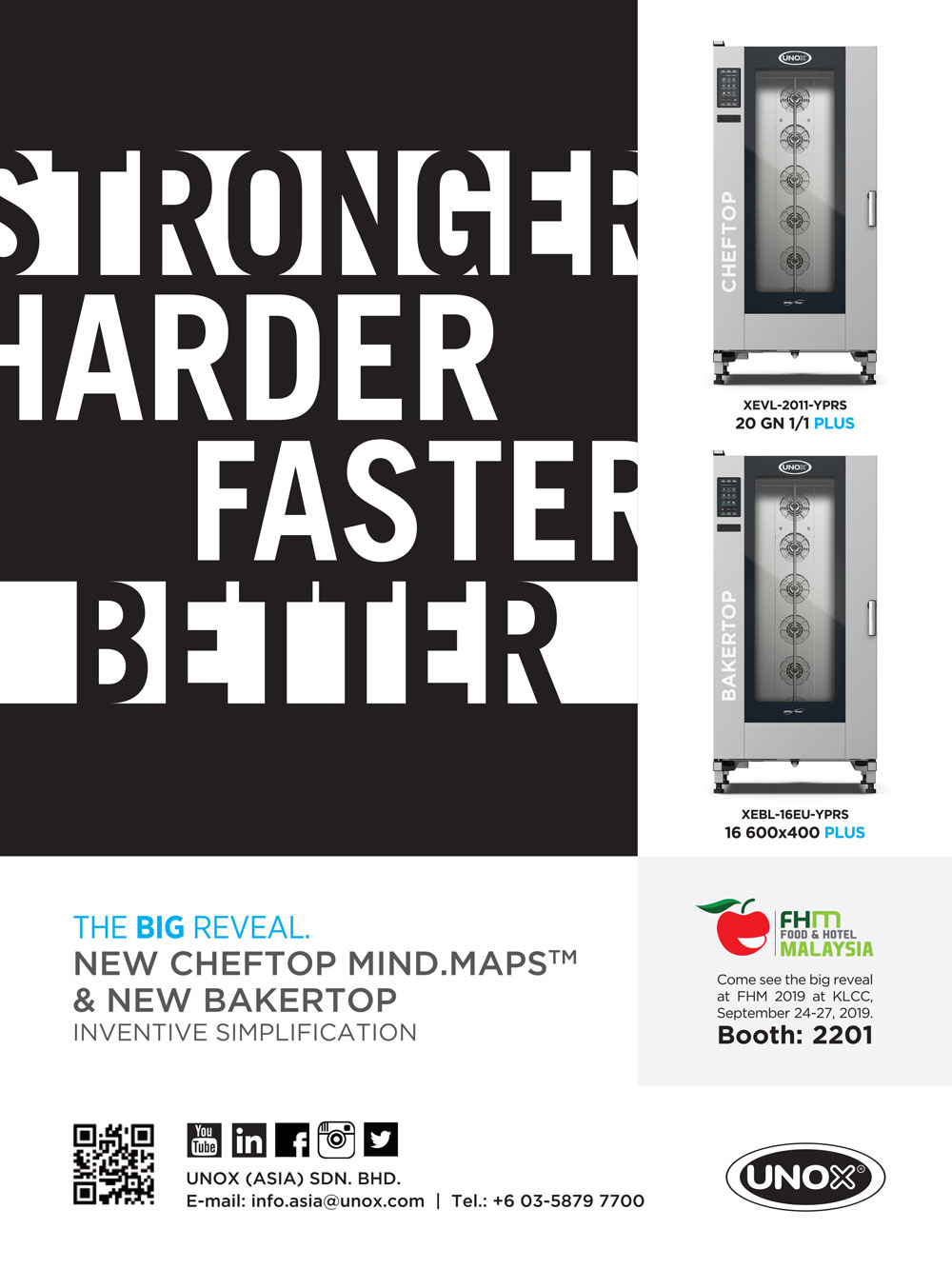Iot Solutions That Can Help Restaurants Improve Services
A customer’s dining experience usually begins by perusing a restaurant’s menu and ends with paying the bill, whether at the table, cashier counter or online. In an IoT connected venue, this dining experience is now digitally enhanced, and diners are now able to enjoy the power of IoT in the restaurant industry. To create a digitally-linked Front-of House, here are a number of IoT solutions that some restaurants around the world have adopted to create an efficient restaurant and improve customers experience while driving sales and raking in the profits:
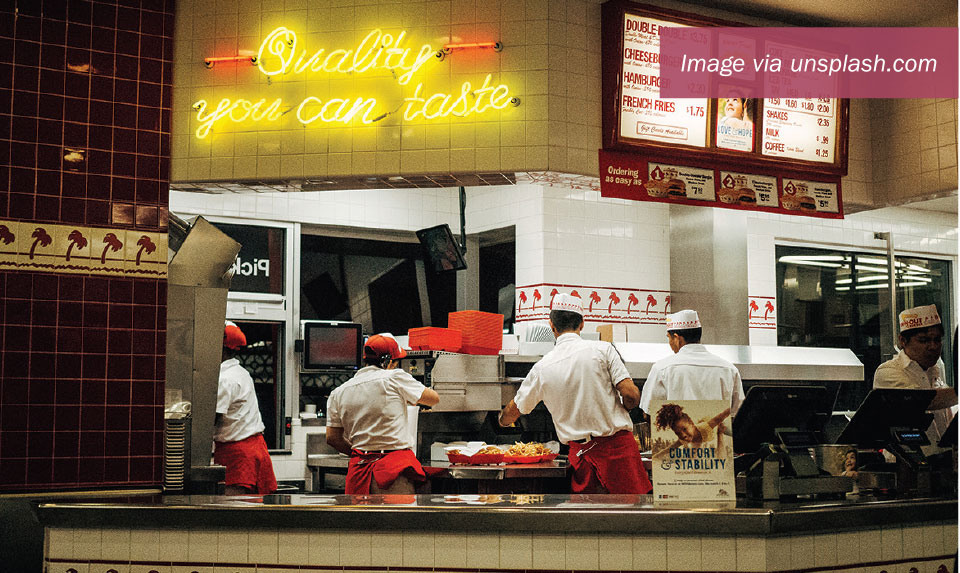
DIGITALISED MENU BOARDS
Restaurant chains and QSRs are among the pioneers of digital menu boards – screens (usually located abovethe- counter) that display menu options and product advertisements in bright, bold graphics, revealing more content through a slideshow than a static board would allow. Designed specifically to increase sales and marketing, restaurant operators can run ads and modify menu contents at different times and changes can be be simultaneously launched or scheduled ahead of time using software connected to the screen. A good example is Burger King’s digital menus which are linked via cloud technology, enabling the chain to make global changes to pricing and content from a centralised content management system (CMS).
MOBILE APPS AND SMARTPHONES
Restaurants today are undergoing a tech-makeover as customers are constantly trying to involve smartphones and mobile app technology in all phases of their dining experience. Today, a customer can order and pay for their food straight off a restaurant’s website or mobile app and have the option of choosing to self-pick up, home delivery, or even enjoy the meal at the restaurant itself.
The first fully automated restaurant in Malaysia, grEAT offers customers some of these options. The waiter-less restaurant requires customers to place their food orders via the WeChat app and can then retrieve their orders, which are kept kept warm within a vault, upon arrival. The vault is labeled with a username which is unique to every guest, and once the given passcode is key-ed in, the meal can be retrieved. Customers can opt to dine in the restaurant or take-away the dish.
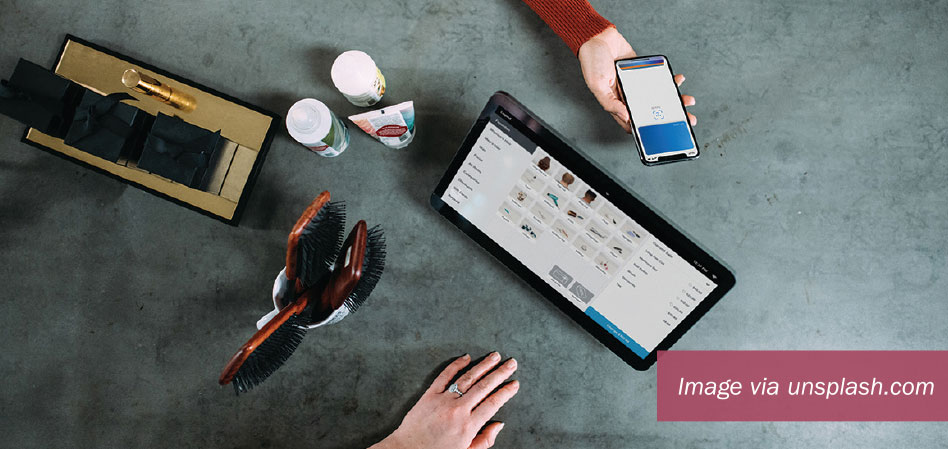
TABLETOP SYSTEMS
Similar to the concept of online food ordering, some restaurants are replacing paper menus with tabletop tablets and iPads to display their digital menus, allowing customers to place their orders – and even pay for them, right from the comforts of their table. Through these tabletop devices, customers can also find more add-ons and promotions as well as information on the meal’s ingredients and nutritional aspects. As an added bonus, some tabletop tablets even come loaded with games and entertainment for added value.
Japanese Sushi Chain, Sakae Sushi have installed iPads on every table, allowing customers to place their food and beverage orders by browsing through the menu displayed on it. It also lists the items that have arrived or are being prepared. American casual dining restaurant chain, Chili’s Grill & Bar have installed more than 45,000 tabletop tablets across its 823 restaurants in the US so that customers can place orders, play games and pay their checks right from their tabletop tablets.
Le Petit Chef in Elements, Kuala Lumpur at TREC has taken digital dining experience a step further, wowing guests through its innovative use of interactive table surface technology. This innovative augmented reality (AR) dining experience tells the story of a small animated chef who is projected onto the dining table using 3D project mapping technology and proceeds to ‘cook’ their food, on their plates in front of them. The actual meal crafted by Chef Jeff Ramsay is then served at the end of the show to bring to life the animated story.
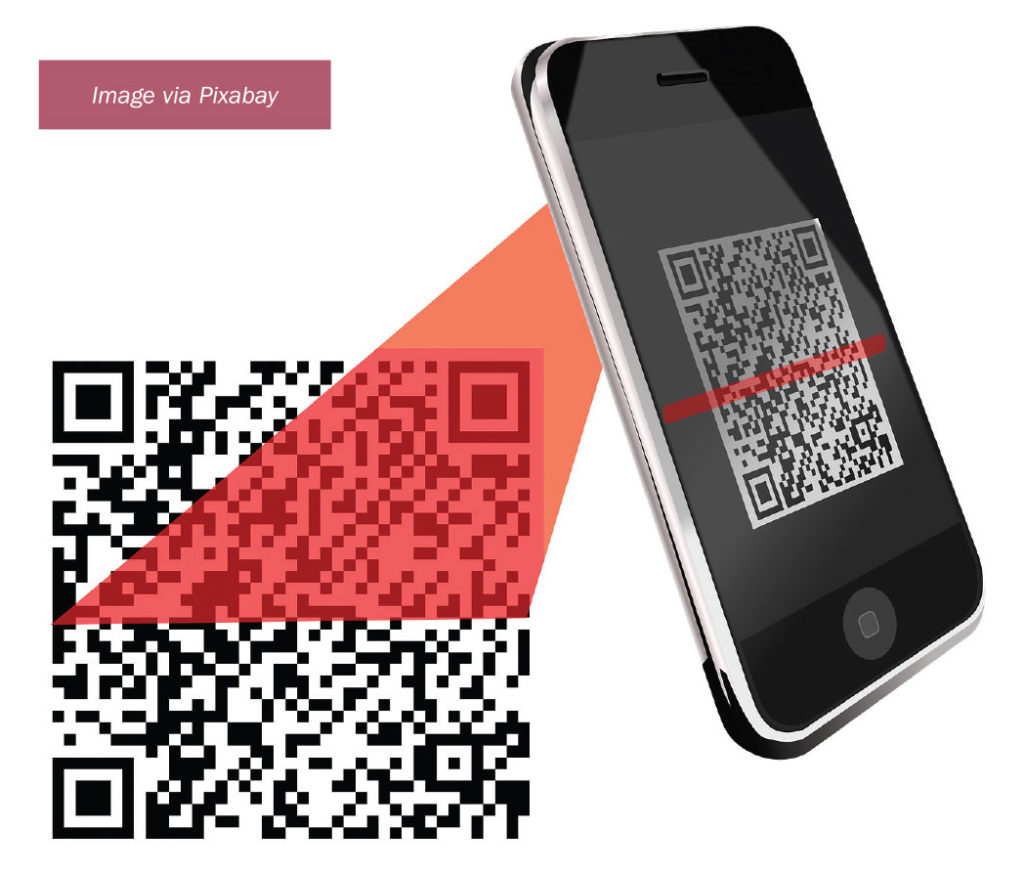
QR CODES
A great way to market your restaurant while improving the way your restaurant patrons connect with your business is through the use of QR codes. As a natural extension of the traditional barcode, QR codes (short for Quick Response) made up of an array of black and white squares are typically used for storing information or URLs about your products for scanning and reading through a smartphone’s camera. You could include a QR Code on your restaurant menu to show off images of your mouth-watering dishes and information related to the dishes, place QR codes on the table or table tents to get more followers on social media, or even print a QR Code on your receipts or check holders to collect feedback from your customers. You could even share your restaurant’s coupons on limited offers, deals and promotions using a QR code and have customers place an order and pay for their meals cashlessly.
Mobile app Fave has recently introduced its new Table Ordering service for diners in Malaysia and Singapore. By scanning a QR code at the table, customers will be able to browse through the menu, place an order and pay for the meal cashlessly with the Favepay app. The service was introduced in April this year and have covered over 50 F&B merchants in Malaysia and Singapore including Murni Discovery, Naughty Nuri’s, Frisky Goat Bakery Cafe and Home Noodle in Malaysia, and Gelare, Paulaner Brauhaus, Saboten and Tingkat Peranakan in Singapore.
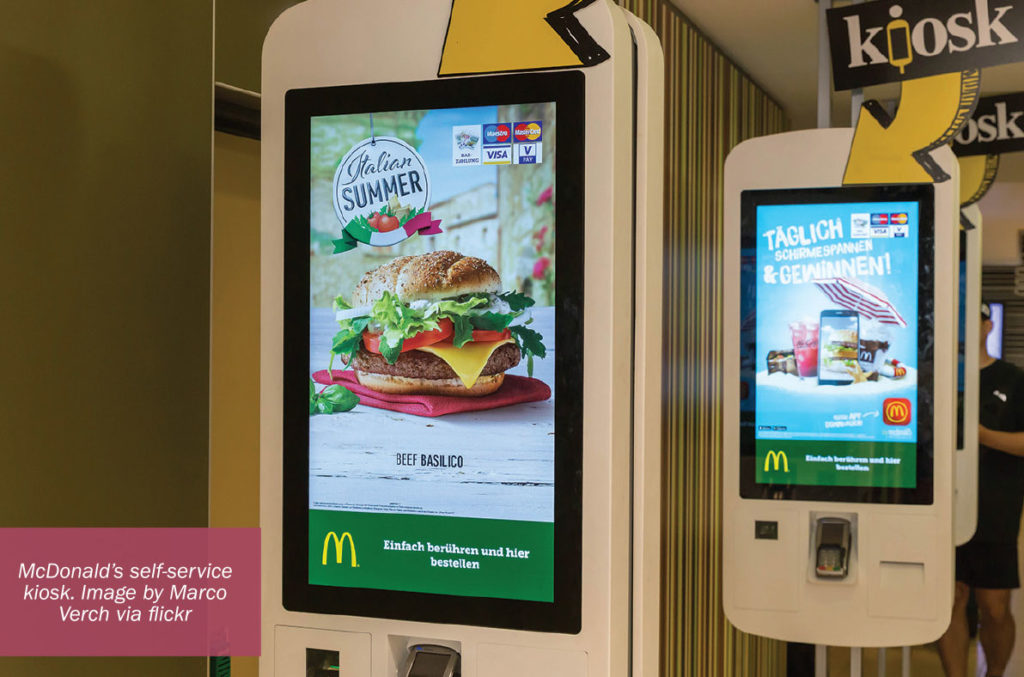
SELF-SERVICE KIOSKS
Self-service kiosks in restaurants have made life easier and quicker for both restaurant operators and customers. Not only are long queues significantly cut down, making the ordering process much more satisfying for customers, self-service kiosks are also increasing sales. Unlike human employees, these kiosks never forget to upsell and when customers are presented with a range of optional extras, many will choose to buy more than they would have otherwise. Fast food giant McDonald’s recently installed self-service ordering kiosks in many of their restaurant outlets around the world.
POS SYSTEMS
Before the advent of cash registers, most restaurants had little idea if they were operating at a profit or loss. Today, few restaurants operate without a POS system, an essential tool to streamline every operation within, from orders and payments to ingredient inventory and employee management. A good POS system will allow a restaurant manager to improve on what’s working and fix what’s not.
SMART COCTAIL SHAKER
Known as B4RM4N, this smart cocktail shaker designed by the Magnified Self Crew is perfect for a restaurant’s bar as it allows a user to make a perfect cocktail drink every time. This device must be connected to a Smartphone via Bluetooth, then with the help of a mobile application, the required proportions are added to the drink.
A digitally-linked Front-of-House allows the operations to run smoothly and efficiently. With IoT helping in the forefront, tables are turned faster and customers are happier. The great upside to these restaurant technologies is that they do not replace personal service, only enhance it. Servers can now spend more time engaging with guests instead of verifying their orders or running the bill back and forth.







